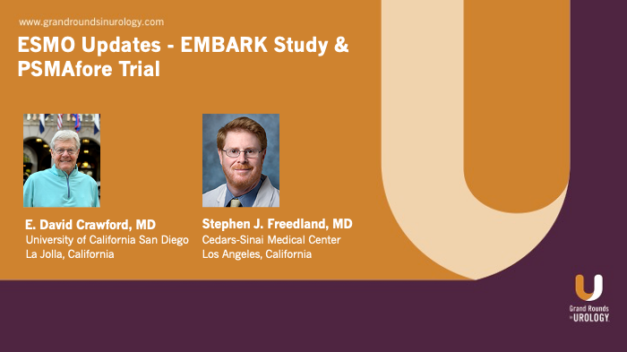Emergent Applications of Prostate Cancer Mapping with Artificial Intelligence
Alan Priester, PhD explores the cutting-edge applications of artificial intelligence (AI) in mapping prostate cancer, emphasizing its transformative potential in precision diagnosis and treatment. Dr. Priester illustrates how AI-driven algorithms analyze vast datasets, offering unprecedented insights into prostate cancer’s spatial and molecular characteristics. These advanced mapping techniques enable the identification of cancerous lesions with remarkable precision, facilitating earlier and more accurate diagnoses.
Moreover, Dr. Priester highlights the role of AI in developing predictive models that forecast disease progression and patient outcomes. These models are instrumental in tailoring individualized treatment plans.
Dr. Priester also addresses the challenges and ethical considerations associated with integrating AI into clinical practice, including data privacy and algorithmic transparency. The discussion extends to the future prospects of AI in prostate cancer care.
Read More




